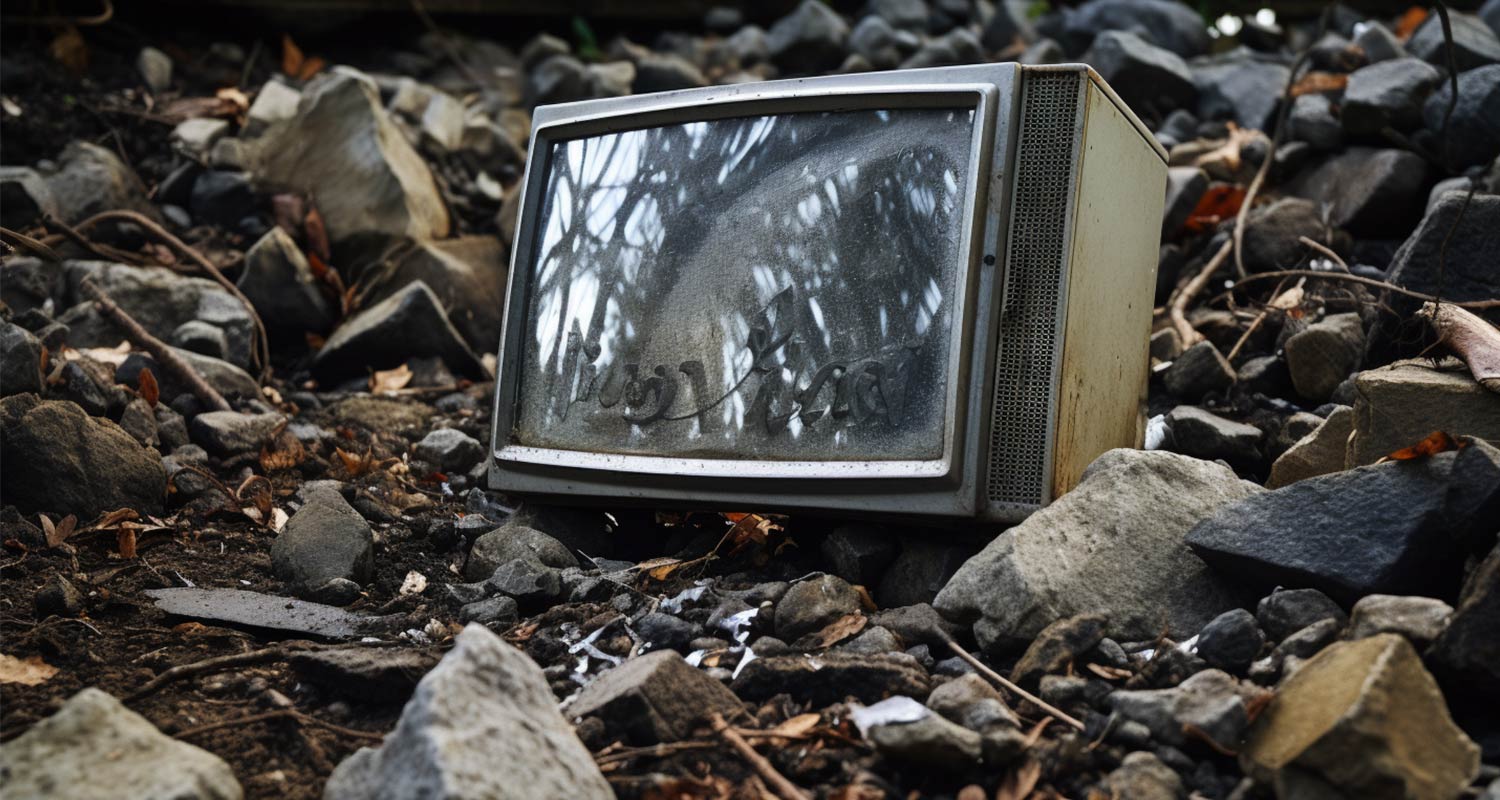Try our mobile app
JSE:AVI JSE:MPT JSE:ETO JSE:ISA

South Africa’s long overdue move to digital television broadcasting was once again thwarted last week when the high court in Pretoria interdicted communications minister Solly Malatsi from switching off analogue broadcasts at the end of last month. The court said switching off analogue broadcasts would violate the constitutional right to freedom of expression of an estimated 4.4 million South Africans. People would, the court argued, lose access to broadcast TV, which many rely on as their main source of information. Government committed to the International Telecommunication Union – a body of the United Nations – that the migration would be completed by June 2015. A decade later, government’s set-top box installation project, meant to distribute the kit required to decode digital terrestrial television (DTT) broadcasts for indigent households, is only around halfway done, with millions projected to lose access to television entirely even when (or if) the project reaches completion. South Africa is simply not ready to migrate to DTT; it might now be better served looking at alternatives South Africa is simply not ready to migrate to DTT and, frankly, it might now be better served looking at alternatives. Countries that decided to migrate to DTT around the same time as South Africa – this is more than 20 years ago – are now looking to technologies such as IPTV and 5G Broadcast (5GB). DTT has become antiquated and, according to estimates by eMedia Holdings, the owner of the free-to-air broadcaster e.tv – which took Malatsi to court – DTT only caters to around 10% of South Africa’s television-watching population. Satellite, on the other hand, also distributes broadcasts digitally and already has a 60% penetration rate among South African television viewers. This means that if government wanted to switch the rest of the population onto satellite technology, it already has a considerable head-start. But there are other reasons why satellite may be a better alternative for South Africa’s migration to digital broadcasting. More efficient Both DTT and satellite, by virtue of being digital, are far more efficient at transmission than older analogue systems. This means broadcasters can offer more channels to their audiences at higher definition using the same amount of spectrum. Broadcasters in theory also benefit by saving on signal distribution fees, bolstering the long-term sustainability of their businesses. But there is a fundamental difference between how DTT signals are distributed that makes satellite a preferred technology. DTT uses terrestrial transmitters and about 100 of these are required to serve South Africa’s urban centres, with satellite systems still needed to fill coverage gaps in remote parts of the country. Each tower occupies land, consumes power, requires maintenance and needs staffing – all of which costs money. In contrast, all South Africa’s television broadcasting needs – and even those of a few neighbouring countries – can be serviced by a single satellite. Read: Warning of TV blackout for millions in South Africa According to eMedia CEO Khalik Sherrif, satellite broadcasting is about a fifth of the cost of DTT. “If it costs around R100 to reach a single household on DTT, satellite costs to reach the same home would amount only to R20 or maybe R23,” said Sherrif. A move to direct-to-home (DTH) satellite could also be a lifesaver for the cash-strapped SABC. For years, the public broadcaster has been fighting Sentech over the latter’s alleged “monopoly pricing” of signal distribution. According to the SABC’s then-chief operating officer in 2021, Ian Plaatjes, the broadcaster could save 94% in signal distribution fees if it moved away from Sentech. Plaatjes was also critical of DTT and its relative expense. Fast-forward four years and warring between the SABC and Sentech hasn’t ended. By September last year, the SABC’s debt to Sentech had ballooned to over R1-billion, with the SABC refusing to pay up. Minister Malatsi was forced to engage a mediator to try and solve the impasse, but to this day no progress has been reported. The real authorities on the matter, of course, are the broadcasters and industry organisations For South Africa’s digital broadcasting migration to be successful, a shift in technologies should be accompanied by a shift in perspective. For too long, government’s approach to digital migration has been overly prescriptive: decide on a technology and set a deadline for the industry. The real authorities on the matter, of course, are the broadcasters and industry organisations who have long promoted a more pragmatic approach. For that to happen, government must be willing to admit, first to itself, that its approach has failed. Read: Outa wants probe into botched digital migration project “Digital migration cannot be hooked to a date; it is a process. When you put down a cold date without the process having been considered, you are riding roughshod over the practicalities and ignoring the impact on the households who still receive analogue transmissions and the impact on free-to-air television as sustainable businesses,” said eMedia’s Sherrif. Get breaking news from TechCentral on WhatsApp. Sign up here . Don’t miss: High court derails analogue switch-off